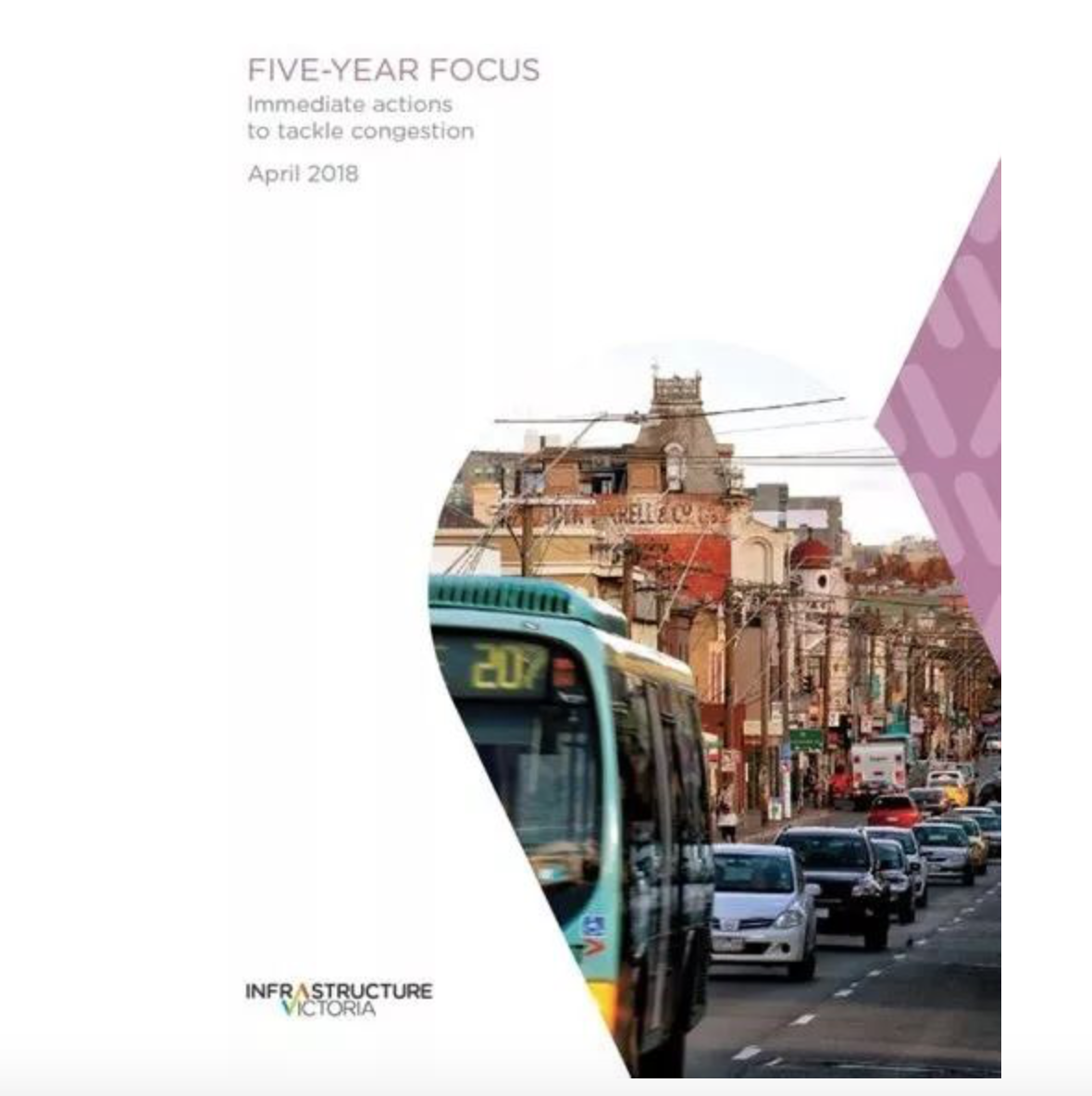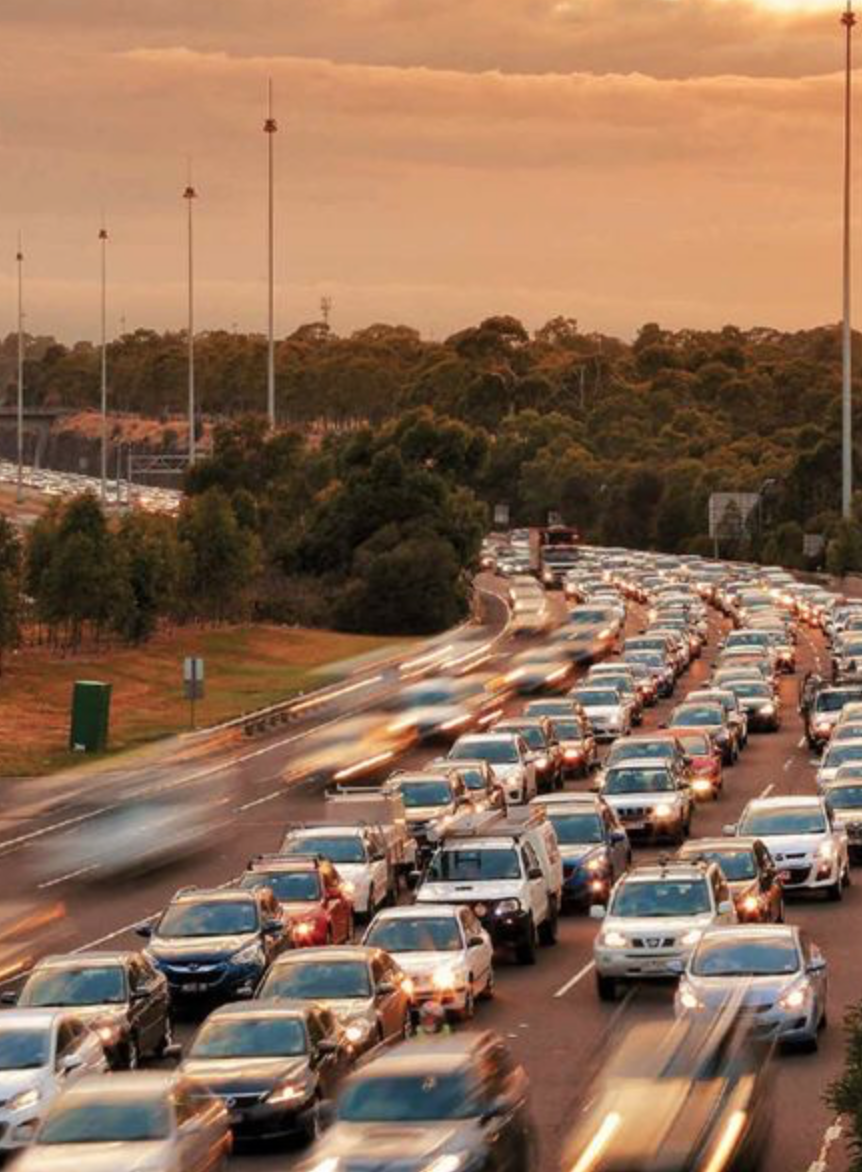Walking in the forefront of Australia! With the problem of traffic congestion in every big city, Melbourne will take the lead in solving this problem.
With the development of the economy, the increase in population has placed more pressure and burden on the cities in the world. The Australian cities are no exception.
Victoria, Australia’s second-largest city, Victoria, Melbourne, Australia, recently launched a report entitled “Five-year focus – Immediate actions to tackle congestion” for congestion problems in Melbourne.
This report focuses on the status quo in Melbourne, using a large number of big data collected through new technologies, using some very scientific and creative models.
Based on the analysis of traffic flow and use in Melbourne, the paper concludes the status quo and future trends of traffic congestion in Melbourne, and proposes some short-term governance plans that are worthy of understanding and worthy of learning from other Australian cities.

Melbourne’s existing traffic conditions:
Melbourne’s public transport system reduces about 540,000 cars every day;
The bus fare ‘Early Bird’ discounts attract about 2,600 citizens to go out early every day;
The bus fare ‘Early Bird’ discount attracts around 3,000 people each day to abandon driving and change bus;
The existing downtown parking surcharge cuts the number of cars on the road by about 3,900 per day;
The use of buses only accounts for 17% of all modes of public transport;
40% of bus routes are inefficient;
Estimated traffic conditions in Melbourne by 2030:
The number of daily trips by Melbourne residents will increase by 3.5 million.
70% of these trips are car driving;
By that time, driving to the same route will increase by 20% compared to the current time.
Infrastructure Victoria launched a detailed and comprehensive social survey during the launch of this report. Here are some interesting feedback:
25% of the peak driving public said their travel time can be adjusted;
One-third of the peak driving public said they can use other modes of travel;
Only 17% of the peak driving public need pay parking;


Leaver a comment